You’ve just finished a hard sparring session. Your shins feel like someone’s been working them over with a hammer, your shoulders are tied up tighter than a shipyard rope, and your back, well, your back is staging a rebellion. You could drop into a hot bath, but you know tomorrow you’ll wake up stiff as a corpse. Or you could reach for that simple, torturous-looking cylinder sitting in the corner: the foam roller.
Foam rolling isn’t glamorous. It’s not Instagram fodder. It doesn’t get cheers at the gym. But if you’re a combat athlete or a bodyweight lifter chasing longevity in your craft, foam rolling might be the closest thing you’ll find to a reset button for your body. It’s the ritual that keeps the engine from blowing out. Think of it less like pampering and more like sharpening the blade.
Let’s break it down, why you should roll, what to roll with, and how this humble tool fits into the philosophy of being a warrior who plans on fighting tomorrow, not just today.
Why Foam Rolling Matters
Foam rolling falls under the banner of self-myofascial release. In plain English, you’re taking direct aim at the knots, trigger points, and tight spots that build up from training. Every punch, kick, push-up, pull-up, and squat leaves behind microscopic wear and tear. That’s normal, that’s progress. But if you never address the residue, tension builds like rust in the joints.
Here’s what consistent rolling does for you:
- Injury Prevention: Rolling helps iron out adhesions in the fascia (the sheath that wraps around muscles), letting them glide instead of grind. You’re less likely to pull something mid-roll or tweak a hip in training.
- Flexibility & Mobility: Tight tissues are like over-wound guitar strings, they’ll snap if you crank them too far. Foam rolling keeps them tuned, letting you hit deeper squats, kick higher, and sprawl with less resistance.
- Recovery: Rolling boosts blood flow. More circulation means nutrients in, waste products out. Translation: less soreness, faster bounce-back.
- Body Awareness: Spend five minutes rolling your IT band and you’ll know exactly where your weak spots hide. That awareness makes you a smarter, more resilient athlete.
Call it injury-proofing. Call it tissue maintenance. Either way, it’s the work that keeps you in the game long enough to master your craft.
The Philosophy of Rolling
Here’s the deeper layer. Foam rolling is a reminder that being a fighter isn’t just about breaking things, it’s about maintenance. The samurai polished their swords daily, whether or not a duel was on the horizon. You? Your body is the blade.
Too many athletes ignore this truth until something gives. The shoulder pops, the hip goes, the knees ache, and suddenly they’re “managing” an injury instead of avoiding one. Foam rolling is an act of respect for the machine you live in. It says: I plan on being dangerous not just this year, but ten years from now.
So yeah, it hurts sometimes. But so does progress.
The Arsenal: Tools of the Trade
Now let’s talk gear. Not all rollers are created equal. Each tool is like a different weapon in your recovery armory. Here’s the breakdown:
The Classic Foam Roller
The gateway drug. A simple cylinder of dense foam, smooth surface. It works for broad strokes, quads, hamstrings, back. It won’t dig too deep, but it’s a solid daily driver. Ideal for beginners or for days when you don’t feel like being brutalized.
The Rumble Roller
Imagine your classic roller, but with knobs, ridges, or spikes. It looks like something pulled off a medieval torture rack. The knobs dig into muscle knots like thumbs from an overzealous massage therapist. Great for athletes who need serious pressure or for those tight spots a smooth roller just glosses over. Not for the faint of heart.
The Chirp Wheel
Think of this as the spinal specialist. It’s narrower than a foam roller, so instead of pressing into your vertebrae (a bad idea), it hugs either side of the spine while opening up your back. Perfect for combat athletes who spend hours hunched in guard or lifters compressing their spines under push-ups and handstands. It feels like a deep back stretch and massage rolled into one.
Foam Rolling Balls
When the roller can’t hit the right spot, the ball steps in. Lacrosse balls, yoga balls, or purpose-made massage balls let you zero in on hard-to-reach knots: between the shoulder blades, under the pec, the glute medius. These are your sniper rifles. They don’t cover ground fast, but they hit targets nothing else can reach.
Smooth vs. Contoured Rollers
Smooth rollers are the katana, sleek, precise, reliable. Contoured rollers (with grids or grooves) are more like serrated knives—messier, but they chew through stubborn tissue. Both have their place. Smooth for warming up, contoured for digging in.
Famous Proponents
This isn’t fringe stuff. Some of the best minds in performance swear by rolling. Kelly Starrett, author of Becoming a Supple Leopard, has been waving the foam-rolling flag for years. He’s coached everyone from CrossFitters to MMA fighters, preaching mobility as the secret weapon.
Athletes across combat sports use it too. Fighters in the UFC have been spotted rolling before and after training, often with Rumble Rollers or lacrosse balls. Grapplers, wrestlers, and even Olympic weightlifters rely on it because they know a tight shoulder or locked-up hip is the enemy of precision.
How to Roll Without Looking Like You’re Napping
Foam rolling can look lazy from the outside. Some guy sprawled on the floor, grimacing, rocking back and forth on a log. But there’s a right way and a wrong way to do it.
Here are some simple guidelines:
- Go Slow. Don’t just steamroll. Roll until you hit a tender spot, then hang out there, breathing into the discomfort. That’s where the magic happens.
- Target Big Muscles. Quads, hamstrings, calves, glutes, lats. Think of it as working on the big rocks first.
- Respect the Spine. Don’t mash your vertebrae into the ground. Use a Chirp wheel for back work or focus on muscles around the spine.
- Before or After? Roll before training to wake up tissue and improve mobility. Roll after to aid recovery. There’s no one right answer, experiment.
- Dosage. Five to ten minutes goes a long way. Don’t marathon it. This is maintenance, not punishment.
A Couple of Techniques
Without getting lost in step-by-step detail, here are two staples:
- Quads: Lie face down, roller under your thighs. Roll from hip to knee, pausing at hot spots.
- Glutes: Sit on the roller, cross one ankle over the opposite knee, and lean into the glute. It’s ugly, but it works.
The Mental Grit of Rolling
Foam rolling hurts. Not injury-hurts, but discomfort-hurts. The kind that makes you want to stop. And that’s part of the point. Rolling is a small daily practice of grit. You lean into the pain, breathe through it, and remind yourself you can handle more than you think.
It’s the same lesson you get from hard sparring or high-rep calisthenics, just in a quieter form. It’s not about showing off. It’s about showing up for your body.
Closing: Maintenance Is a Warrior’s Duty
At the end of the day, foam rolling isn’t about luxury. It’s about duty. If you expect your body to fight, lift, run, and endure, you owe it maintenance. The same way a soldier cleans his rifle or a sailor scrapes barnacles off a hull, you clean and prep your tissues.
Foam rolling keeps you dangerous longer. It’s the unsexy work that makes the flashy stuff possible. So roll. Grimace. Breathe. And know that each pass of that cylinder is an act of defiance against breakdown, an act of respect for tomorrow’s battle.
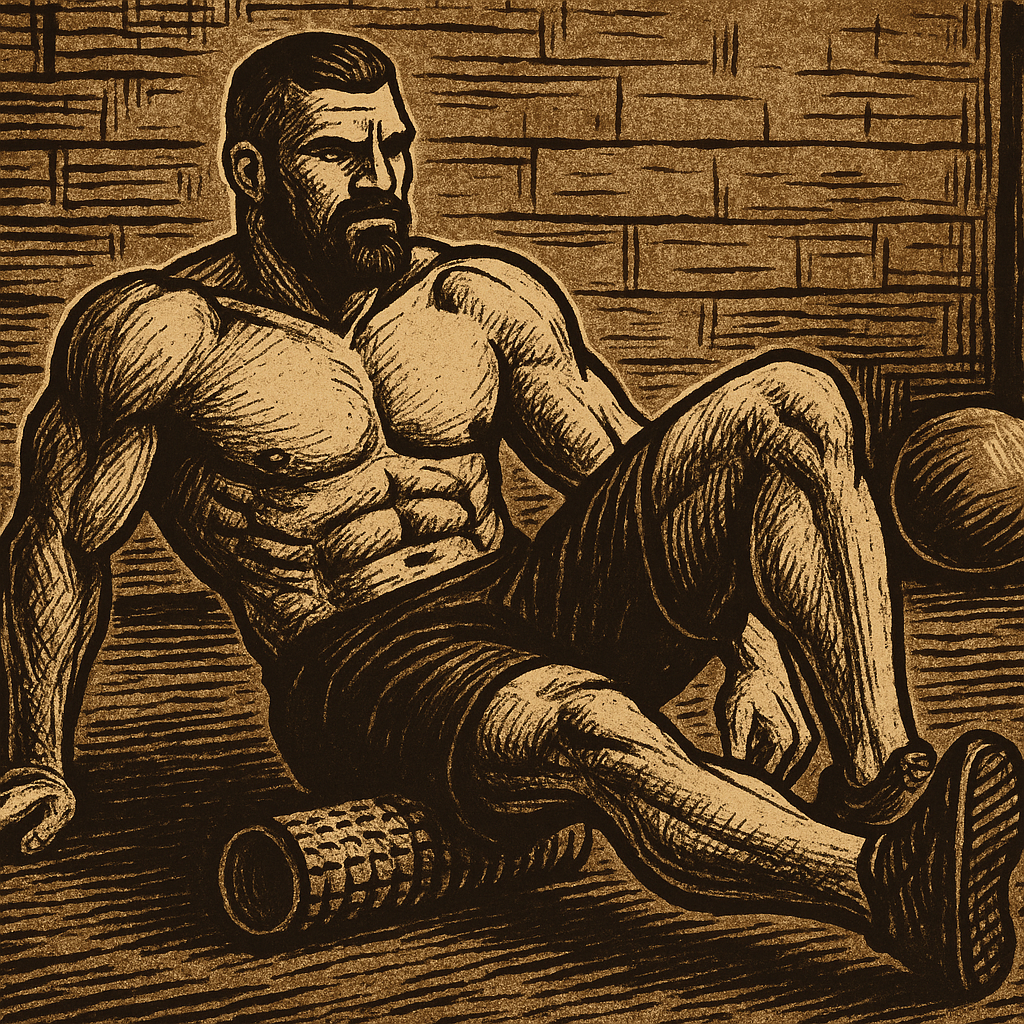
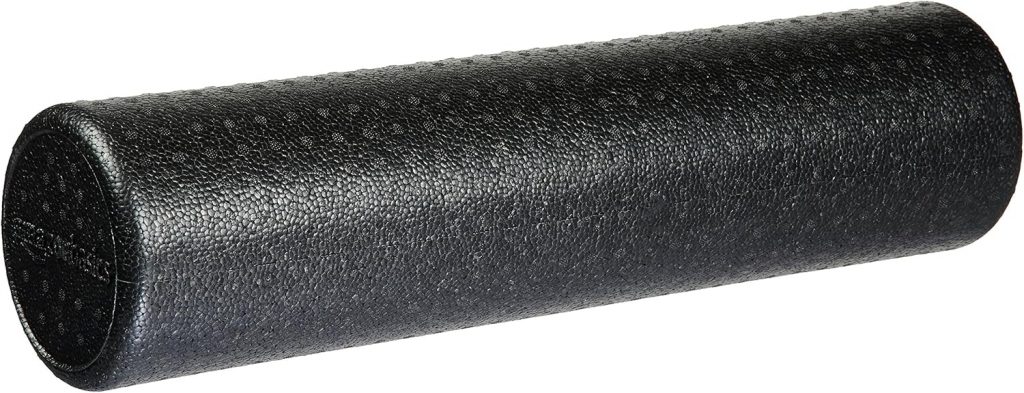
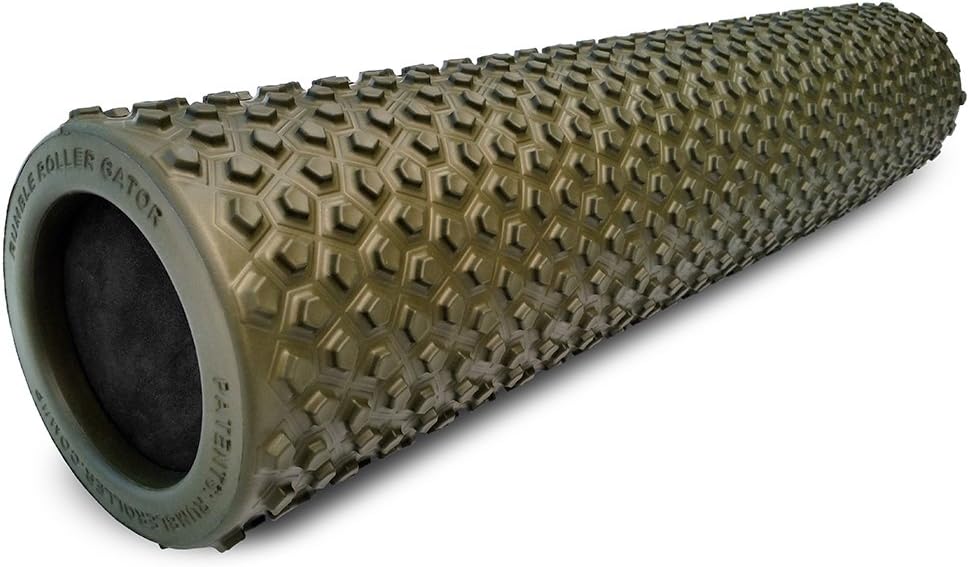
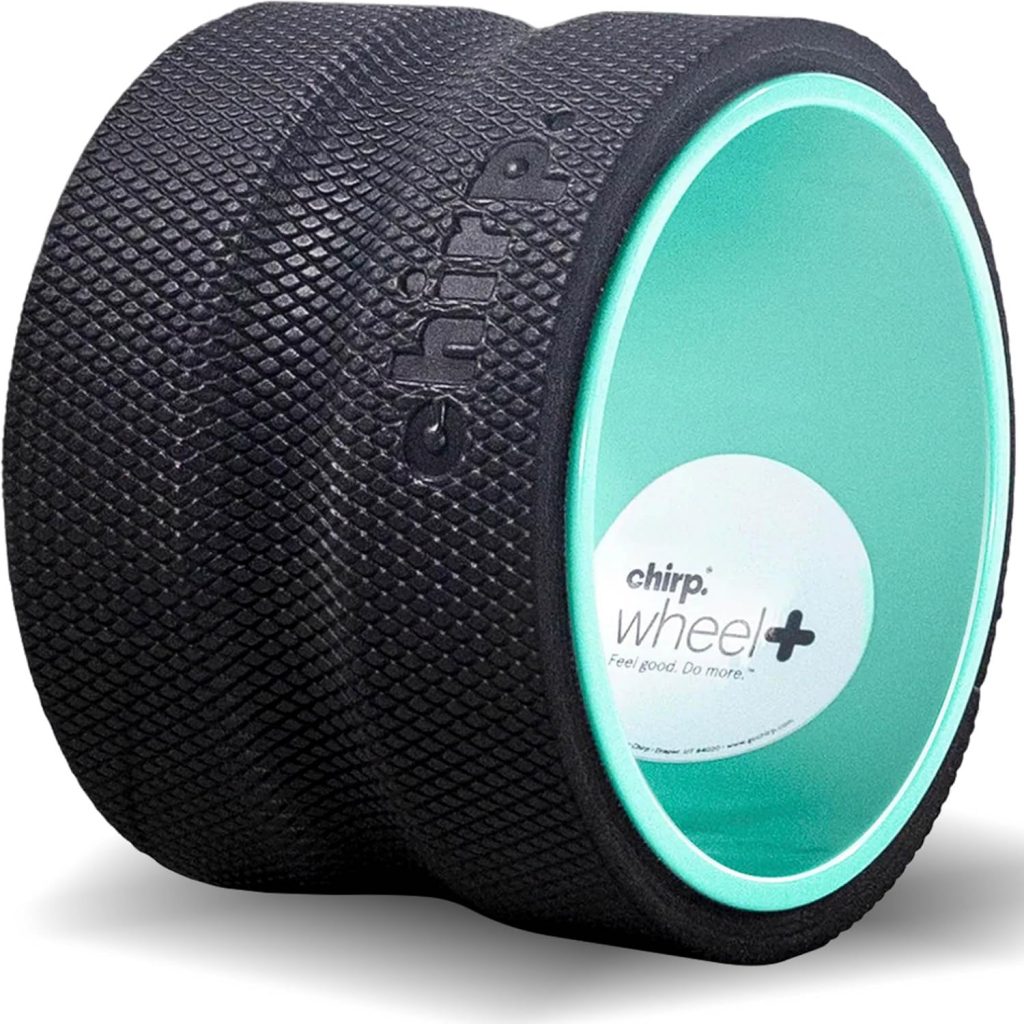
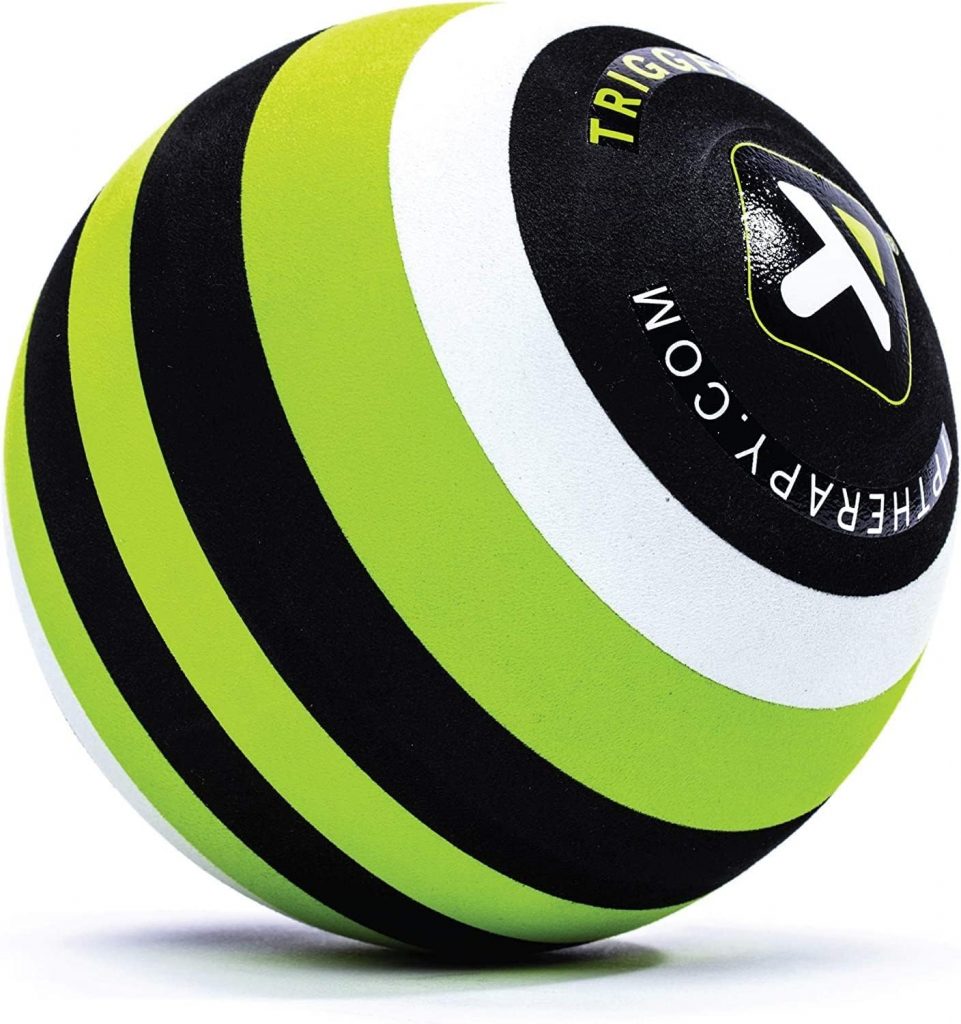




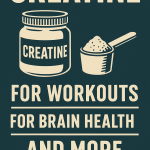
Comments by The Dapper Savage